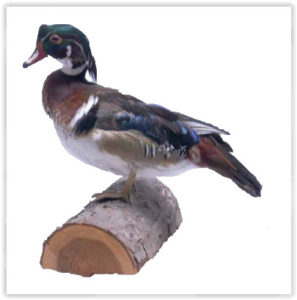Eyes That Follow
WHEN GOOD TROPHIES GO BAD
The average person will spend 90,000 hours of their life at work. That amounts to around 3,750 days spent at the office. When so much of your time is dedicated to one location, it’s no wonder people want to personalize their workspaces. Pictures of the family, funny calendars, and indoor plants aren’t surprising sights in an office setting. What is surprising is how often these sparkles of personality affect indoor air quality.
Some time ago, Building Air Quality was called out to the office of the vice president of transportation for a large oil company. After 30 minutes in his office, he would begin suffering from throat and sinus irritation. Tests of air samples revealed unusual bacteria in the office — the kind usually found on the skin of dead animals.
Suspecting a pest had gotten trapped in the office, Travis searched for the culprit beneath the furniture, behind the walls, and even in the ceiling. The hunt turned up nothing, but as Travis explained the results to the VP, he could feel a pair of eyes watching him. For the first time, he noticed a large stuffed duck sitting on the credenza. The VP informed Travis that the duck had been in his office for over 10 years, and that the custodians cleaned it regularly. Turns out, only the first part was correct. Samples from the duck feathers confirmed the problem bacteria grew on the taxidermied trophy.
Custodians won’t clean personal items, but most tenants don’t know this. People can be genuinely shocked to learn a thick coat of dust covers the fur or feathers of their stuffed trophy. This dust can encourage the growth of bacteria on the skin. It may be taxidermied, but it’s still a dead animal and a perfect location for bacteria, given the right circumstances. This isn’t to suggest that personal items should be banned. Rather, property management needs to remind tenants that cleaning personal items is their responsibility. If occupants cannot keep them clean, stuffed animals should be removed from the building to prevent a health hazard.
